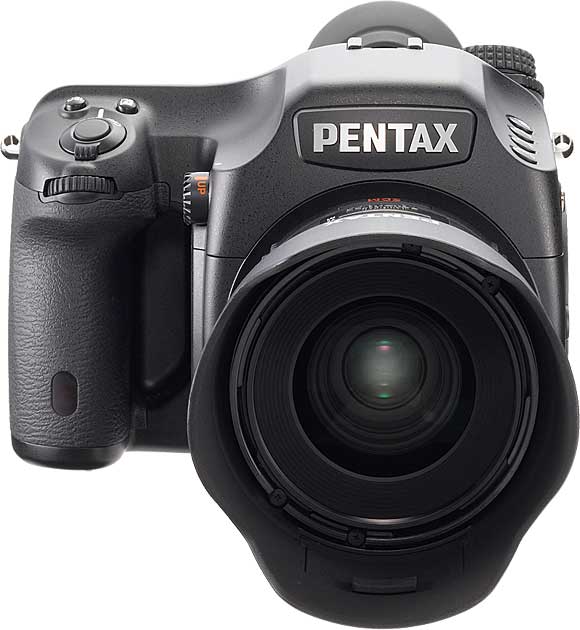Last Updated on 08/30/2011 by Sander-Martijn
It’s been an innovative year for the photography world. This winter, there are more available options than ever for creativity-inspiring cameras, lenses, and accessories. In this entry, we’ll take a look at some great cameras in five categories, Full Frame 35mm, Cropped 35mm, Micro Four Thirds, Mirrorless 35mm, and Digital 645. You’ll also find links to recent reviews and comparisons and, as always, purchases made through links on our pages support the growing staff at the Phoblographer! Read on for the best DSLRs of 2010.
Full Frame 35mm, The Big Guns
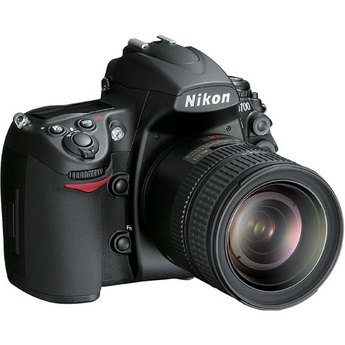
Nikon D700. Not the newest camera on the market, but the Nikon D700 has been a widespread favorite of professional and enthusiast photographers since its debut in 2008. It offers a similar sensor and resolution to the Nikon D3s in a less expensive and smaller package. It offers the advantages of a full frame sensor, including low noise and good detail, and widely-loved Nikon ergonomics at their finest. It’s a natural choice for wedding and event photography and is a robust classic that inspires creativity. Look for current rebate deals packaging the D700 with Nikon lenses, like this one. Video shooters will be interested to check out the newer, more expensive Nikon D3s or the cropped D7000 mentioned below.
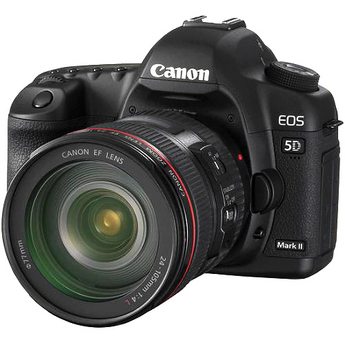
Canon EOS 5D Mark II. Like the Nikon D700, the Canon 5D Mk II is a standard among enthusiasts and professionals. The Canon is well known for starting the DSLR video craze and has been a primary tool for both photographers and videographers. Despite the addition of video, it is a classic Canon with robust build, high resolution, good low light shooting, and access to the unmatched lineup of Canon lenses. It is a favorite for wedding and portrait photographers as well as photojournalists.
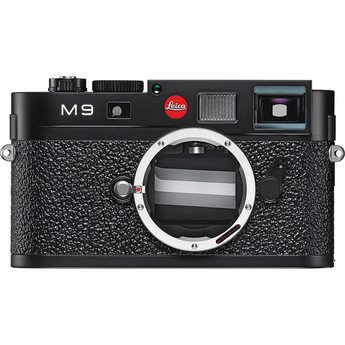
Leica M9. The Leica is a classic camera with deep roots in the history of photography. The timeless range finder design has reached full digital maturity in the M9, marketed as the smallest full frame camera on the market. It is small, stealthy, and straight-forward to operate with remarkable image output that has been more closely compared to medium format cameras than other 35mm digitals. It is manualfocus only, though access to a classic line of perfect lenses is a plus.
Cropped 35mm, The Mainstream Standards
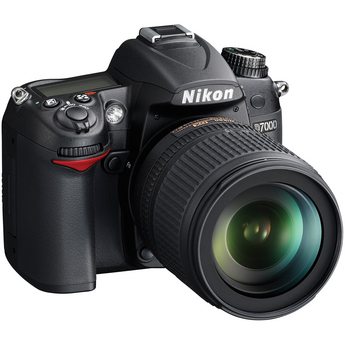
Nikon D7000. Nikon’s newest camera and upgrade to the well-regarded Nikon D90, the Nikon D7000 is quickly developing a following among reviewers for its beefy rubberized magnesium alloy design, crisp new 16.2 MP sensor, and HD video capture with full-time autofocus. It is Nikons’s second highest resolution sensor after the nearly $8k Nikon D3x and includes a new metering and autofocus system.
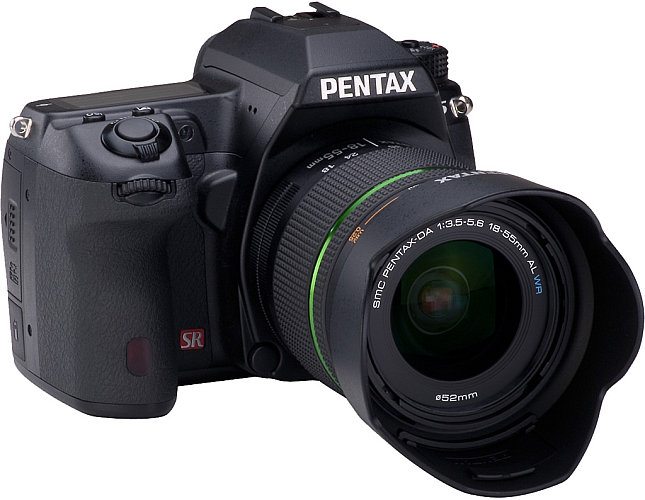
Pentax K-5. This new offering from perennial underdog Pentax made a splash by upsetting competition from Nikon and Canon in DxO’s respected ranking system that takes into account resolving power and dynamic range among other factors. We reported it to you here. In addition to highly-regarded imaging, the camera also includes a number of innovative metering and user interface features and is an excellent choice as Pentax’s lens selection and reputation grows. Considered with the Pentax 645D discussed below, the company is on the move.
In the cropped 35mm category, Pentax has a long line of well thought out cameras known for intuitive user interface and compact dimensions. The 16.3 MP K-5 builds on the reputation of its predecessor, the K-7, by adding a wider ISO range, updated autofocus, and full 1080p video recording.
Pentax K-5 Beats Out Canon 5D Mark II, Nikon D700, and Nikon D300s
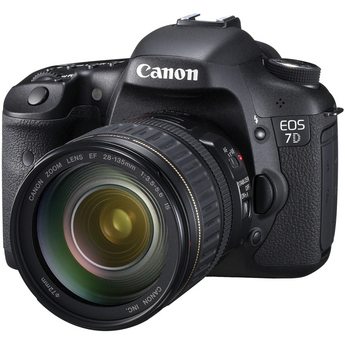
Canon 7D. Canon’s answer to the Nikon D300s is the company’s top crop-sensor 35mm and a fast, responsive camera. It sits in the Canon line between the new 60D and 5D Mark II mentioned above and includes many pro features. It uses a new 19-point autofocus system, has a beautiful new LCD screen, and offers 3 custom exposure modes in place of scene modes on less professionally oriented cameras. It has a remarkable 18 MP sensor that can shoot 8 frames per second and a thoughtfully designed dedicated live view/video button.
Mirrorless Cameras, The Mini Travelers
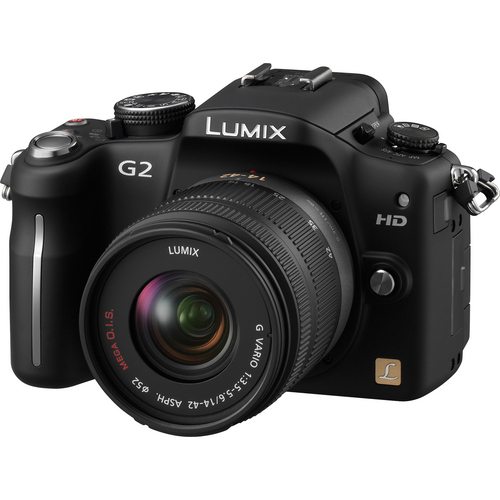
Panasonic DMC-G2. The direct descendant of the original Micro Four Thirds (M4/3) camera is a solid choice for photographers seeking the creative options of interchangeable lenses in a petit package. The DMC-G2, along with the Sony NEX-5 mentioned below, are our two picks for top M4/3 camera. Panasonic also offers the DMC-G2 in a form optimized for video capture and with higher resolution in the more expensive DMC-GH2.
The Complete Panasonic DMC-G2 Review
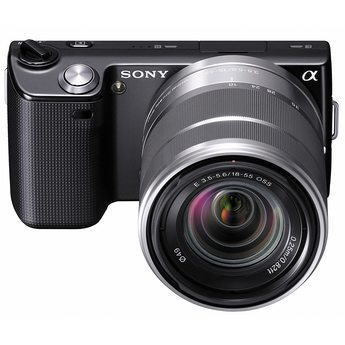
Sony NEX-5. The NEX-5 is not technically a M4/3 camera, but certainly inspired by the concept. The NEX-5 is a revolutionarily small object for an interchangeable lens camera and uses Sony’s new E mount lenses that are designed for both video and still work and fashioned with attractive aluminum barrels. Sony offers the NEX-VG10 camcorder with the same mount and has announced a future professional grade camcorder to match. The M4/3-like E mount promises to be an interesting line for Sony, who have announced a wide range of lenses to be released over time. Via an autofocus-killing adapter, the NEX-5 can even accept Alpha lenses, which will catch the attention of current Sony shooters. The NEX-5 offers full-time autofocus during 1080i recording and a tilting screen, making it a uniquely able video shooter. It also comes loaded with all of Sony’s recent in-camera trickery like sweep panorama and hand-held auto HDR.
The Complete Sony NEX-5 Review
Mirror-less Hybrids, The Techy Revolutionaries
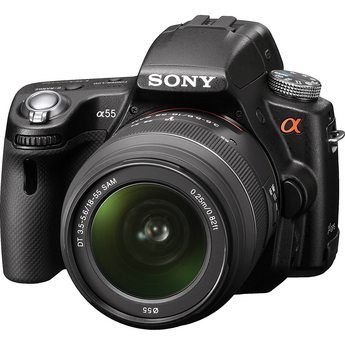
Sony SLT A55 and Sony SLT A33. In recent years, Sony has taken the photography world by storm. Rising from the ashes of Konica-Minolta, Sony’s Alpha line includes competitive offerings in every camera category, from full frame 35mm with the Sony A900 to the novel Micro Four Thirds-inspired NEX line mentioned above. To tempt multimedia wizards from traditional companies like Nikon and Canon, Sony offers the NEX-VG10 camcorder that accepts Alpha and NEX lenses (just this week, Sony has updated the NEX-VG10 firmware to allow autofocus with Alpha lenses). A Sony shooter could cary a 24.6 MP full frame DSLR and a real camcorder that operate with the same set of lenses. It’s a well thought-out product line with enough variety to suit a wide range of applications and budgets, not to mention an ever growing line of killer Zeiss lenses unique to Sony.
To that already-intriguing product line, Sony has added two cameras with a category-blurring new design. The cameras, the SLT A55 and SLT A33, look like small DSLRs. They are ergonomically related to Alpha DSLRs and accept the same lenses, but are designed without a flapping DSLR mirror. The semi translucent, fixed mirror deflects some image data to an autofocus sensor, while allowing most to hit the image sensor. The tradeoff of such a design is the lack of an optical viewfinder; both cameras use an LCD image instead. The new abilities, though, are interesting to note. The cameras can us real phase-detect autofocus at all times, including, for the first time in any DSLR, during video recording and during bursts of high speed still shooting. Those bursts, also, are impressively snappy, 7 frames per second for the A33 and a rocket-powered 10 frames per second for the A55. The two cameras, with respectable 14.2 mp and 16.2 mp sensors (dpreview.com reports the 16.2 MP sensor is likely the same sensor from the new Nikon D7000) are loaded with all of Sony’s recent techy photo toys like Sweep Panorama automatic image stitching and image-combing modes for HDR, noise reduction, and “Twilight” shooting. Also, and more applicably to photography, the cameras accept the full line of Alpha lenses (did I already mention Zeiss?)
Hands-On Preview, Sony A55, A560, and 24mm f/2
Digital Medium Format, The Imaging Bazookas
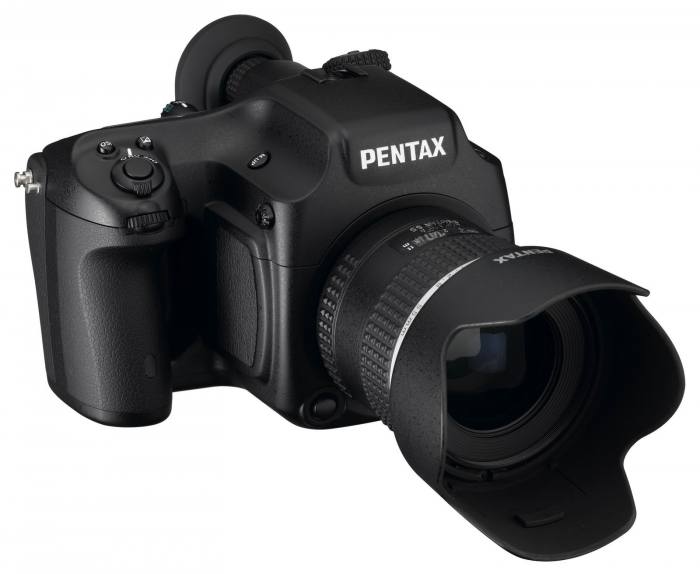
Pentax 645D. Originally only offered in Japan, the biggest of all Pentax cameras is arriving in the U.S. and European markets this winter. Although Pentax does not offer a full frame 35mm camera, they have leapfrogged to the highest level of digital photography with this 40 MP medium format camera. Years ago, Pentax was a strong player in the 645 film market, offering a strong and relatively affordable and robust line of cameras and lenses. The Japanese company has taken a long time in developing a digital renovation for the popular film 645N series, but, if initial reports are any guide, they have created a winning combination of image quality, resolution, ease of use, and robust weather-sealed build. The camera is well poised to recapture Pentax’s traditional place in the camera bags of landscape, wedding, and travel photographers interested in big beautiful photos. In the price neighborhood of $10k, it won’t be for everyone, but even initial speculation of the camera’s pricing was enough to inspire drastic price cuts from high-end competitors like Hasselblad. Priced to cut the difference between full-frame 35mm and digital medium format and offering a line-blurring feature set to match, it’s one of 2010’s most notable new arrivals. Check back to the Phoblographer soon for our in-depth review.
Pentax 645D HDR photo and Pentax K-5 Samples from Photo Expo Plus
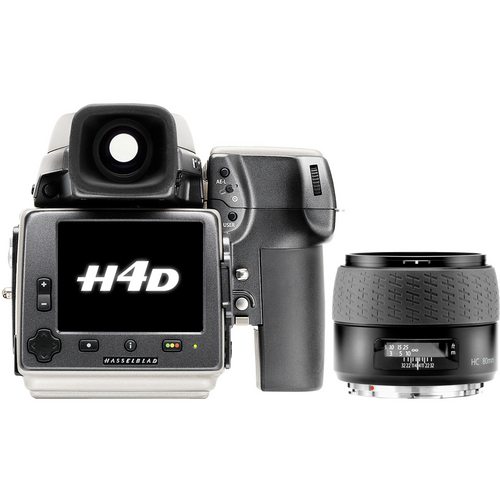
Hasselblad H4D-31. It would be unfair to mention the Pentax 645D without a shout-out for the camera the Pentax is trying to be. The H series from Hasselblad, including cameras of varying resolution and a big set of monster lenses, is legendary. The series is in its fifth generation and highly refined. They are robust and highly customizable cameras, crafted, above all else, for imaging perfection. It’s worth noting that they are not easy to use. The cameras have no JPG setting, no auto White Balance, and dead-on but slow autofocus. The new H4D-31 is a notable new camera because it is somewhat closer to affordable than previous Hasselblads and a statement from the Swedes that they are interested in photographers besides the rich and famous. It’s a challenge to competitor Phase One and a reminder to those considering the Pentax 645D that digital medium format has been around for a few years. Read more on Hasselblad digital on my blog: mattbeardsleyblog.com
Please Support the Phoblographer
We love to bring you guys the latest and greatest news and gear related stuff. However, we can’t keep doing that unless we have your continued support. If you would like to purchase any of the items mentioned, please do so by clicking our link and then purchasing the items as we then get a small portion of the sale to help run the website.


